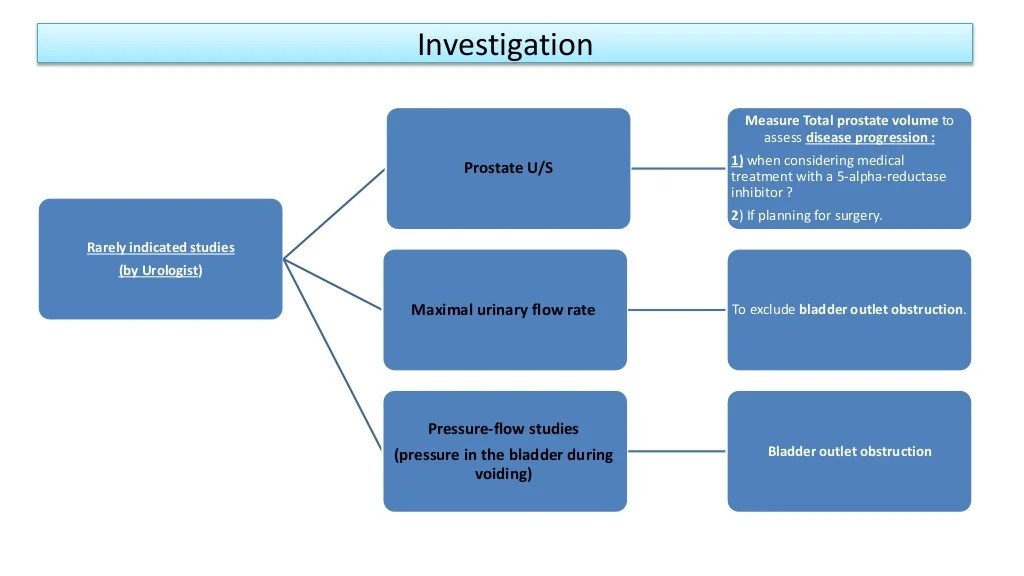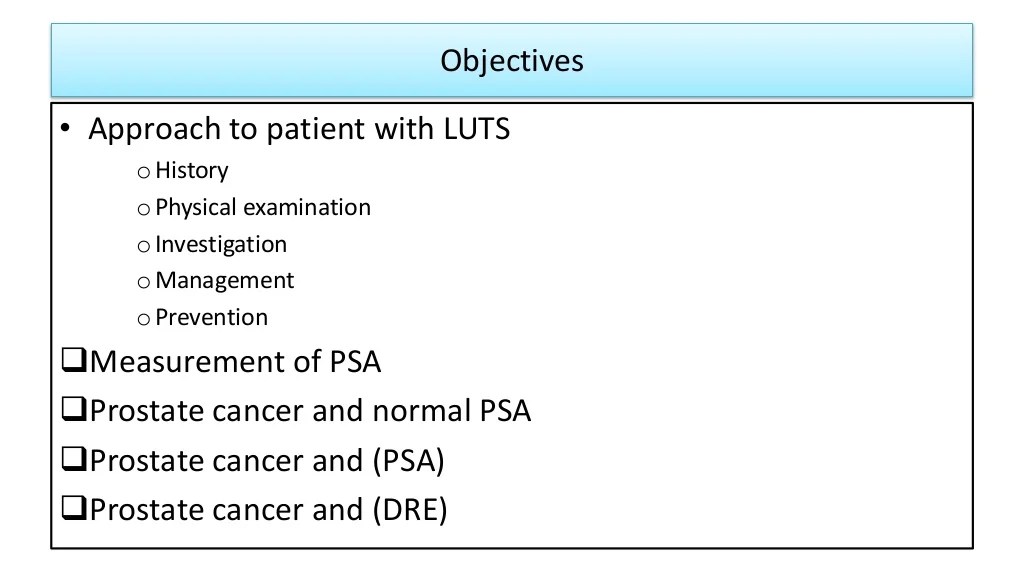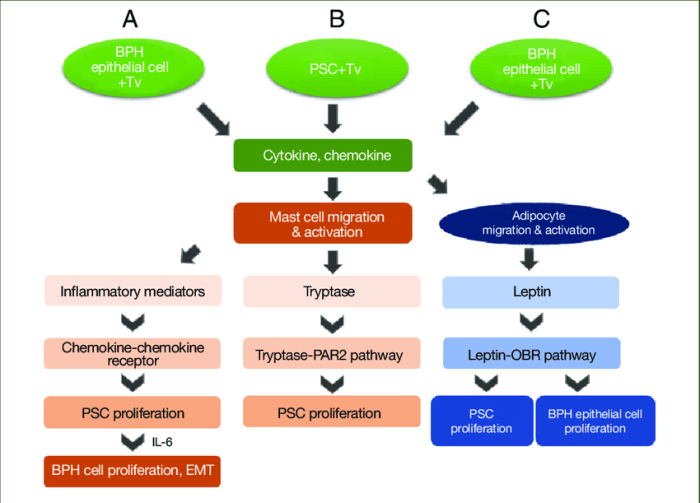Hesi case study benign prostatic hyperplasia – Delving into the complexities of HESI Case Study: Benign Prostatic Hyperplasia, this comprehensive exploration unravels the intricacies of this prevalent condition, providing a thorough understanding of its diagnosis, treatment options, and lifestyle modifications.
Benign prostatic hyperplasia (BPH) is a common ailment affecting the prostate gland, a crucial component of the male reproductive system. As men age, the prostate tends to enlarge, leading to a myriad of urinary symptoms that can significantly impact their quality of life.
Definition of Benign Prostatic Hyperplasia (BPH)

Benign prostatic hyperplasia (BPH) is a condition characterized by the enlargement of the prostate gland. It is a common condition among older men, with approximately half of men over the age of 50 experiencing some degree of BPH.
The prostate gland is located below the bladder and surrounds the urethra, the tube that carries urine from the bladder to the outside of the body. As the prostate gland enlarges, it can compress the urethra, causing difficulty urinating.
Symptoms of BPH can include:
- Difficulty starting to urinate
- Weak urine stream
- Incomplete emptying of the bladder
- Pain or burning during urination
li>Frequent urination, especially at night
The causes of BPH are not fully understood, but it is believed to be related to changes in hormone levels that occur with age. Risk factors for BPH include:
- Age
- Family history of BPH
- Obesity
- Diabetes
- Heart disease
Question & Answer Hub: Hesi Case Study Benign Prostatic Hyperplasia
What are the common symptoms of BPH?
Difficulty urinating, frequent urination, nocturia (waking up at night to urinate), weak urine stream, and incomplete bladder emptying.
How is BPH diagnosed?
Physical exam, medical history, prostate-specific antigen (PSA) test, digital rectal exam (DRE), and imaging techniques like ultrasound or MRI.
What are the treatment options for BPH?
Surgical treatments (TURP, laser therapy) and non-surgical treatments (medications, lifestyle modifications).

